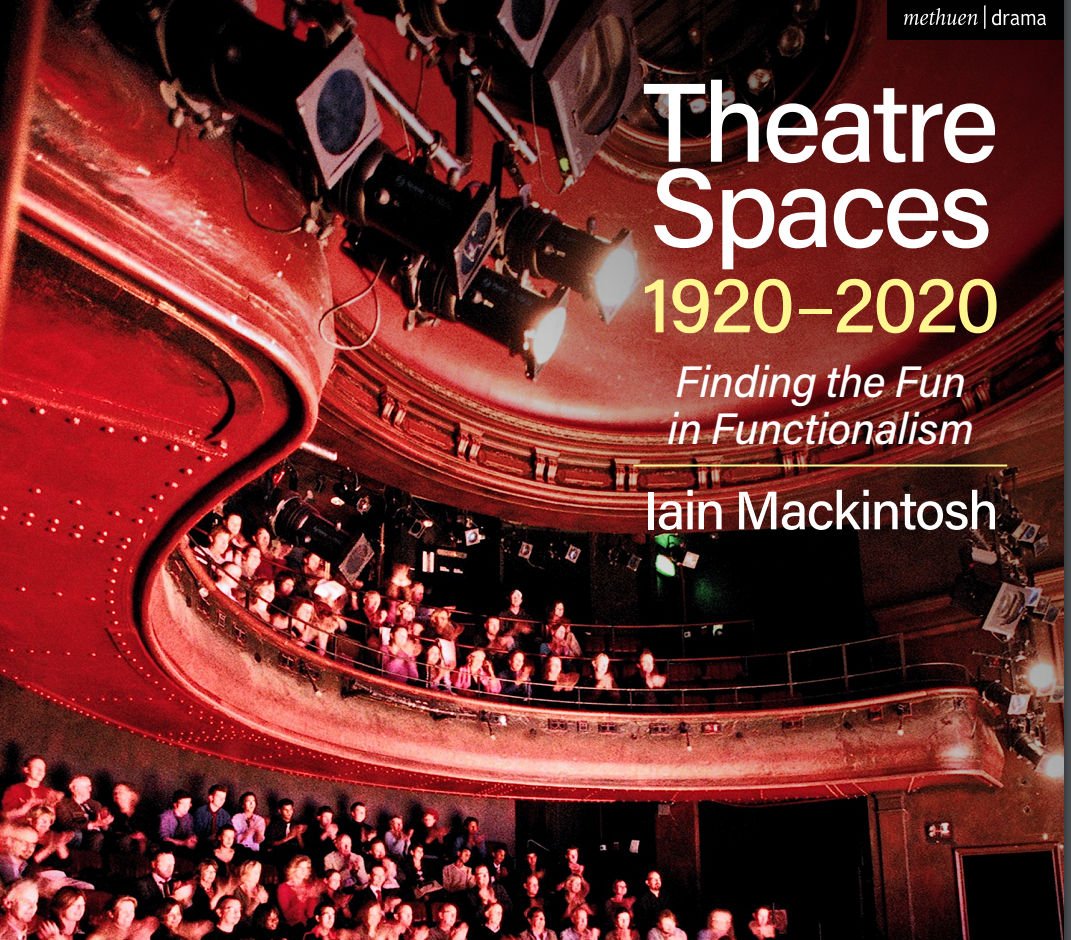Planning Permission and Listed Building Consent for the restoration of the Grade II* Great Yarmouth Winter Gardens has been secured. BFF are the conservation architects for the project which will fully restore this nationally important historic structure.
The last survivor of a British seaside tradition, following restoration, the Winter Gardens will once again become a colourful and animated People’s Palace at the heart of the town’s life, economy, and heritage. The project will return the magnificent cast-iron structure to a year-round attraction, incorporating a range of new additions to transform it into a flexible entertainment space, with food and beverage. Alongside planting, the building will include an event space with stage and seating; restaurant and bar; and a multi-purpose activity space hosting various activities and encouraging engagement with the history and plants.
Councillor Carl Smith, leader of Great Yarmouth Borough Council, said:
“We are delighted the next step in the fantastic plans for the historic Winter Gardens has been approved. With its National Lottery Heritage Fund support, this project forms a key part of our ambitious regeneration plans for Great Yarmouth. We are delighted to be working with architects Burrell Foley Fischer, whose vision for this landmark building will help us deliver a hugely important asset for the borough and visitors to the town.’’
Managing Director of BFF, Faye Davies said:
"This beautiful and iconic building is a nationally important gem but currently on Historic England's Heritage at Risk register and has been progressively deteriorating. We are delighted that Councillors voted unanimously to grant Planning Permission and Listed Building Consent for our scheme to fully restore it. We are honoured to be working with Great Yarmouth Borough Council on saving it for generations to come.”
Designed by architects John Watson and William Harvey, the Winter Gardens were first built in Torquay between 1878 and 1881. They were not however a commercial success in the town and were sold for £1,300 to Great Yarmouth. The building was dismantled in sections, transported by barge to Norfolk, and re-erected by the entrance to Wellington Pier in 1904. The Winter Gardens, when erected on Great Yarmouth’s Golden Mile, was described as a ‘people’s palace of glass and steel, a seafront cathedral of light; the shock of the new, the future washed up on a Norfolk beach’.
Historically, the building was filled with exotic plants which allowed the public the chance to see glimpses of faraway places, through an eclectic collection of flora from all corners of the Empire and beyond. Over the decades the use of the Winter Gardens changed to reflect the changing times – often providing large scale and much-loved commercial operations in the food, beverage and events and celebrations markets. After some years as an amusements and entertainment operation, the Winter Gardens closed in 2008 after over 100 years offering a continuous entertainment attraction.
Since then, the Council has sought to find a way of securing the preservation and future of the building, and to return it to the fundamental purposes of its original intention – to provide amenity, enjoyment and learning for local people and visitors to the town. Burrell Foley Fischer’s scheme assisted them with securing nearly £10m of funding for the project from the National Lottery Heritage Fund, as one of just five projects to be supported under their Heritage Horizons Awards scheme.
When restored, The Winter Gardens will be a powerful commercial contributor to the regeneration of Great Yarmouth’s seafront and an innovative, exemplar, environmental project. The restored venue is expected to have two coherent and integrated parts:
A visitor experience for exploring the heritage of the Winter Gardens and Great Yarmouth focusing on heritage, environmental change and sustainability.
A food and drink offer with a commercial operator partner.
The look and feel of the restored building is designed to give a calming backdrop to the vibrant flexible space within. All of the existing cast and wrought iron structure will be repaired and repainted the original off-white colour. Taking inspiration from the colours of a sea thistle, new interventions will be painted a pale green-blue to distinguish the old from the new.
The new scheme aims to be as sustainable as possible, whilst respecting the historic fabric, and has implemented a 'Net Zero Carbon in Operation' strategy. Passive techniques have been developed to heat, cool and ventilate the space with the minimal use of energy and resources. The planting proposal is sensitive to the need to balance a comfortable environment for people with a suitable environment for plants. Species will refer to the Victorian Planting, using ferns, geraniums, orchids, and palm trees. Reference to trading routes will also be reflected in the chosen species. New external landscaping and public seating will be provided.
















































